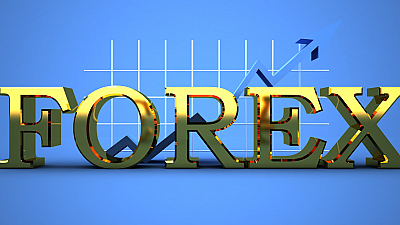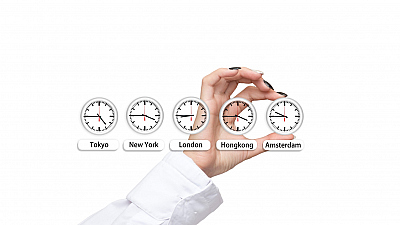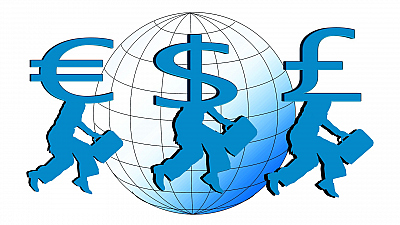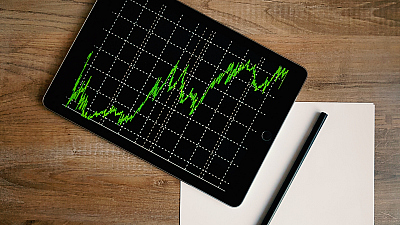The price of the option is called premium. Because options are derivative financial instruments, the premium price is derived from the price of the underlying asset, also referred to as intrinsic value. There is one more component that plays a significant role in determining the premium – the time value, also called extrinsic value.
The price of the underlying asset within the option is called strike price.
It is the price at which the holder could exercise the option (buy or sell the underlying asset) if he chooses to. The difference between the current and the strike prices makes up the intrinsic value of the premium.
The time value (the extrinsic value) is a monetary representation of the influence that the remaining time till expiration has on the premium.
The more time there is until the expiration date, the more likely it is for the option to become profitable. In that case, the time value is higher.
Over time, the time value decreases as the expiration date approaches and reaches zero at expiration. This process of decreasing is known as time decay.
If the intrinsic value is bigger than the extrinsic value (intrinsic + extrinsic = premium), that means that the profitability of the option is more dependent on the price moves (the volatility) of the underlying asset. High extrinsic value implies the opposite – that the option is not so sensitive to the volatility of the underlying asset (basically because there is much time till expiry).
During their lifetime the options can move from profitable to losing, round and round.
There are terms describing the profitability of an option.
IN THE MONEY
If an option is in the money (ITM), this means that it has intrinsic value. In other words, the strike price of the underlying asset is in a favorable position, compared to the current market price.
For a call option this would mean that the strike is lower than the current market price, while for the put option it means that the strike price is above the current market price.
This is not enough to call the option profitable. Other expenses, such as commission fees need to be put into the equation first.
OUT OF THE MONEY
Out of the money (OTM) option is one that only has extrinsic value.
For a call option this is when the strike price of the underlying asset is higher than the current market price. The put option is OTM when the strike price is below the current market price.
AT THE MONEY
At the money (ATM) is a situation where the strike price is identical to the market price of the underlying security. ATM options have no intrinsic value, but they still have some time value.
ATM options usually cost more than OTM options, because there is still time for them to become ITM and the likelihood of that happening is greater than that of the OTM options.




